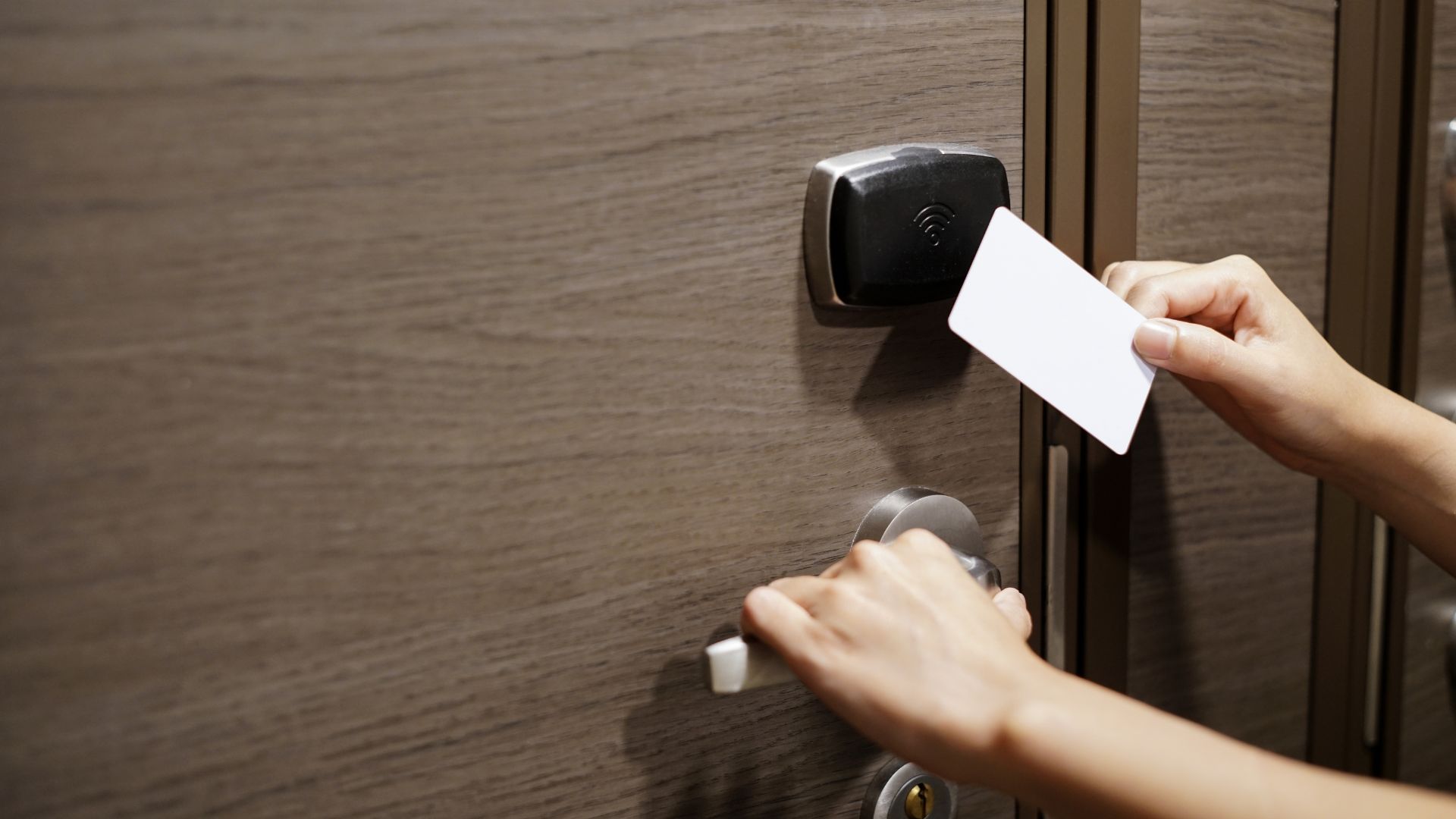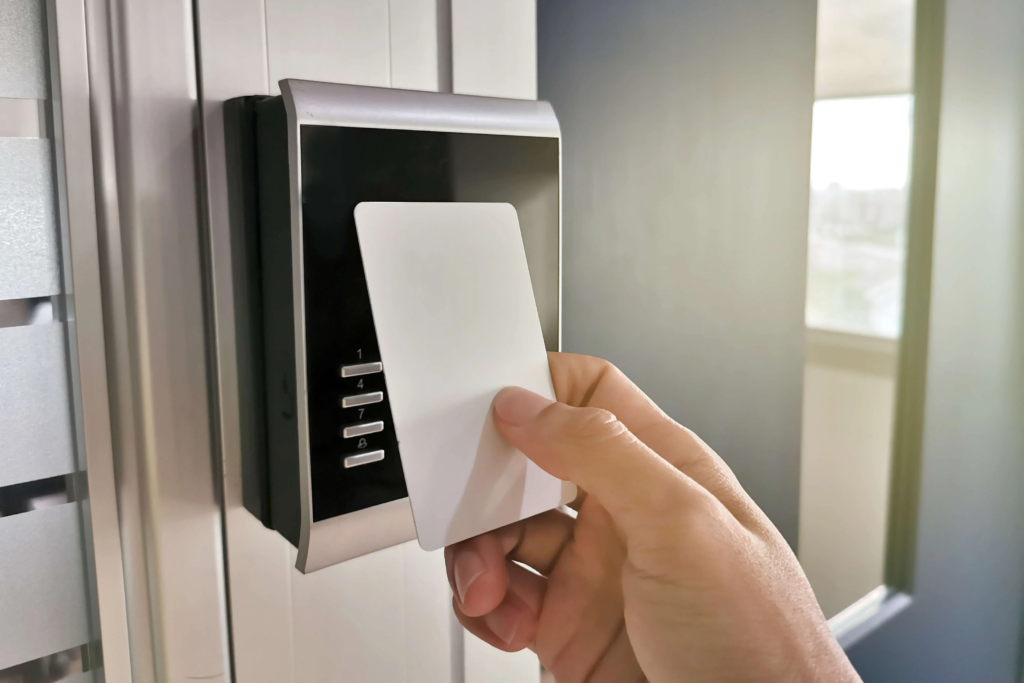
Choosing the Right Card Technology for Your Access Control System
An effective access control System impacts operational efficiency and user experience. Whether it’s magnetic stripe cards or advanced RFID card solutions, choosing the most suitable solution requires a careful evaluation of technical features, security levels, and future scalability.
Understanding the Range of Card Technologies Available
The landscape of access cards has undergone significant evolution over the past few decades. Today, users can choose from magnetic stripe cards, barcode cards, RFID cards, and smart cards—each with distinct pros and cons. Magnetic stripe cards, once a standard, are now considered less secure and prone to wear and tear. Barcode cards are inexpensive but limited in functionality. In contrast, RFID cards are contactless, secure, and highly durable, making them a favorite for many commercial installations.
Smart cards take it a step further by integrating microprocessors, allowing for encrypted communication and multi-application capabilities. These features are especially crucial in industries that require secure identity verification and audit trails. While magnetic stripe cards may still serve basic needs, businesses aiming for longevity and resilience should strongly consider RFID or smart card technologies for long-term efficiency and effectiveness. As security threats grow more sophisticated, so should the tools used to defend against them.

Why RFID Cards Dominate the Modern Access Landscape
RFID cards are now the go-to technology for many high-security and high-traffic environments. They operate without physical contact, allowing users to wave or tap their card near a reader. This seamless interaction reduces hardware wear and speeds up the credentialing process. More importantly, RFID cards utilize encrypted radio signals to communicate with access control systems, thereby enhancing both convenience and security.
There are various types of RFID cards available, including low-frequency (125 kHz), high-frequency (13.56 MHz), and ultra-high-frequency (UHF) variants. Each serves a different use case—from simple door entry to tracking movement across large campuses. The flexibility of RFID card systems also makes them ideal for integration with time tracking, parking access, or even cashless payment systems. As a result, choosing RFID technology often future-proofs your investment in facility-wide control systems.
Comparing Proximity, Smart, and Biometric-Based Cards
When evaluating access cards, it’s essential to understand how proximity cards differ from smart cards and how biometric features may augment them. Proximity cards—often based on 125 kHz RFID technology—are cost-effective and easy to implement. However, their limited security features make them vulnerable to cloning. Smart cards, on the other hand, utilize microprocessors to facilitate mutual authentication and encryption, providing a higher level of security.
In some high-risk environments, smart cards are paired with biometric authentication, like fingerprint or iris scanning. While this adds a layer of identity assurance, it also increases cost and complexity. For most commercial applications, smart cards with AES encryption provide ample protection without requiring biometric infrastructure. Nevertheless, where the stakes are high—such as data centers or government buildings—combining technologies may offer the best balance between security and usability.

Factors That Influence Card Technology Decisions
The choice of card technology isn’t one-size-fits-all. Several factors must be considered, including building layout, user traffic, integration needs, and budget. For example, a small office with a single entry point might be well-served by a basic RFID card System. Meanwhile, a large corporate campus with multiple buildings and thousands of users requires a more robust solution—likely a smart card with encrypted access levels and centralized control.
Scalability is another critical consideration. As organizations grow, their Access Control System should grow with them. It’s wise to choose a card technology that supports upgrades and modular components. Additionally, compatibility with existing infrastructure plays a significant role. Retrofitting an outdated System with incompatible readers can quickly become a financial burden. Therefore, evaluating the lifecycle costs—not just upfront pricing—is key to making a sustainable choice.
Security Risks and Mitigation Strategies
No System is entirely immune to risk, but understanding potential vulnerabilities allows you to implement stronger safeguards. Magnetic stripe and basic proximity cards are notoriously easy to clone with inexpensive tools. RFID cards, especially those without encryption, may be intercepted by unauthorized readers. Smart cards offer improved security, but they can also be compromised if not properly managed.
To minimize these risks, organizations should deploy cards with strong encryption, regularly update System firmware, and implement anti-tampering technologies. Multi-factor authentication—combining RFID cards with PIN codes or biometrics—can also greatly enhance security. Equally important is employee education. Teaching staff how to recognize phishing attempts or improper badge usage helps create a culture of security awareness. An informed user base is one of the most underrated defenses in any Access Control System.

Operational Efficiency and User Experience
Security is vital, but it shouldn’t come at the cost of convenience. A good Access Control System must strike a balance between protecting assets and enabling seamless user interaction. RFID cards excel in this area, offering touchless operation and fast response times. This reduces queues at entry points and minimizes daily friction for both employees and visitors. Additionally, systems that enable remote credential issuance can significantly streamline onboarding for new hires or contractors.
Modern systems also support mobile credentialing, where smartphones act as digital ID cards. However, not all card technologies support this integration. Choosing a solution with mobile compatibility ensures long-term adaptability and flexibility. Moreover, some RFID card systems offer additional features, such as elevator control or network access, thereby enhancing their value beyond simple door entry. By prioritizing usability in your decision, you ensure that your security measures are used as intended.
Future Trends in Card-Based Access Control Systems
As technology continues to evolve, so too does the landscape of access control. Cloud-based management, AI-powered analytics, and blockchain verification are all beginning to influence how credentials are issued and validated. For instance, RFID cards are now being integrated with dynamic encryption methods that update regularly, reducing the risk of long-term exploitation. Some systems are moving toward virtual smart cards that live entirely on mobile devices.
Sustainability is also becoming a driving force. Eco-friendly RFID card materials and low-energy readers are gaining popularity in industries seeking to reduce their carbon footprint. Furthermore, interoperability across platforms is improving. Vendors are increasingly offering open standards, enabling different systems to communicate and integrate seamlessly. Staying ahead of these trends ensures your Access Control System remains relevant in a rapidly shifting security environment.

Making the Right Choice for Your Access Control System
Whether you choose a simple RFID card System or a complex, innovative card network with biometrics, the technology should reflect your organization’s size, risk profile, and growth trajectory. Prioritize encryption, plan for scalability, and don’t overlook the user experience. While no System is completely future-proof, you can choose the one that best suits your needs.


